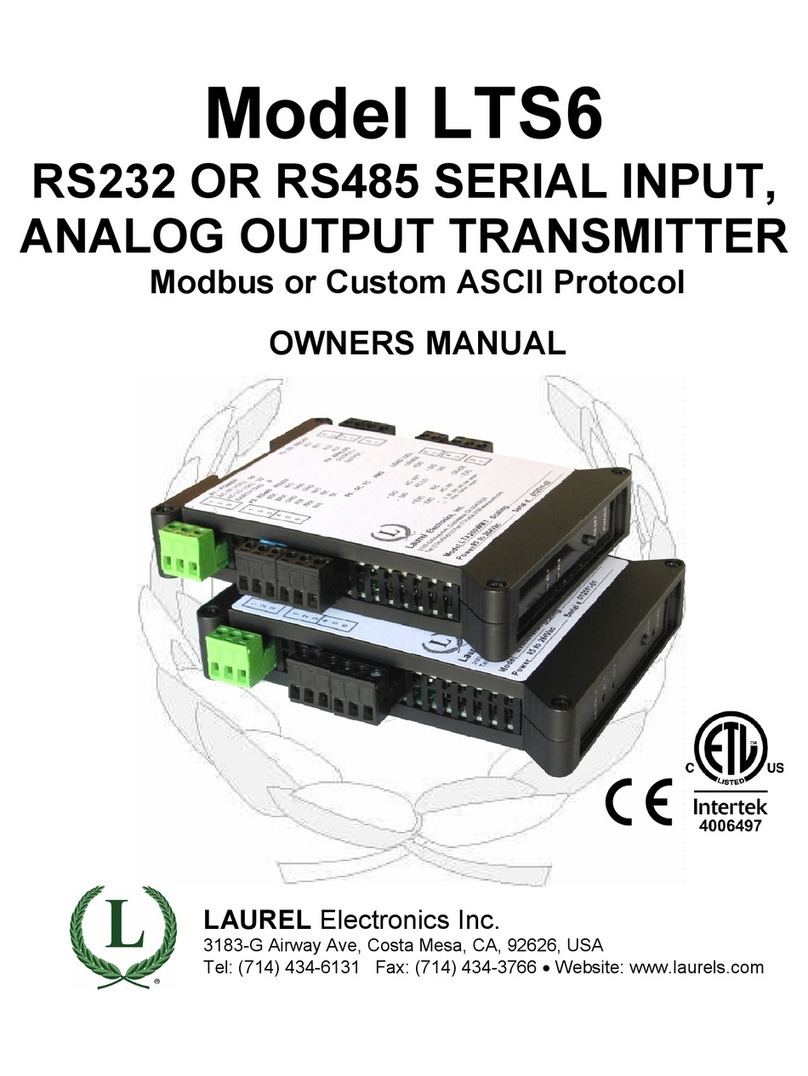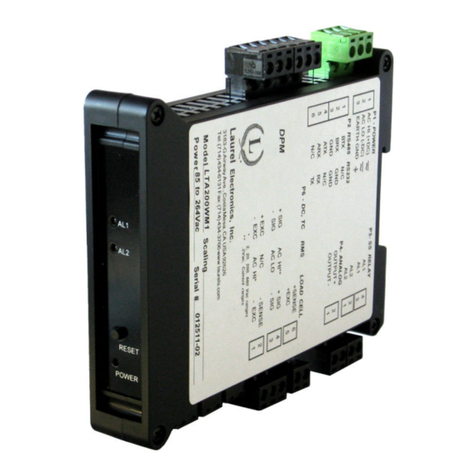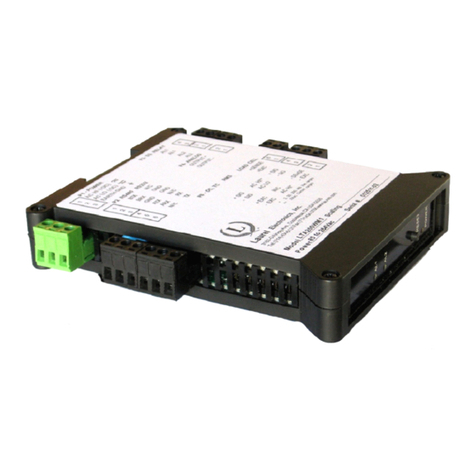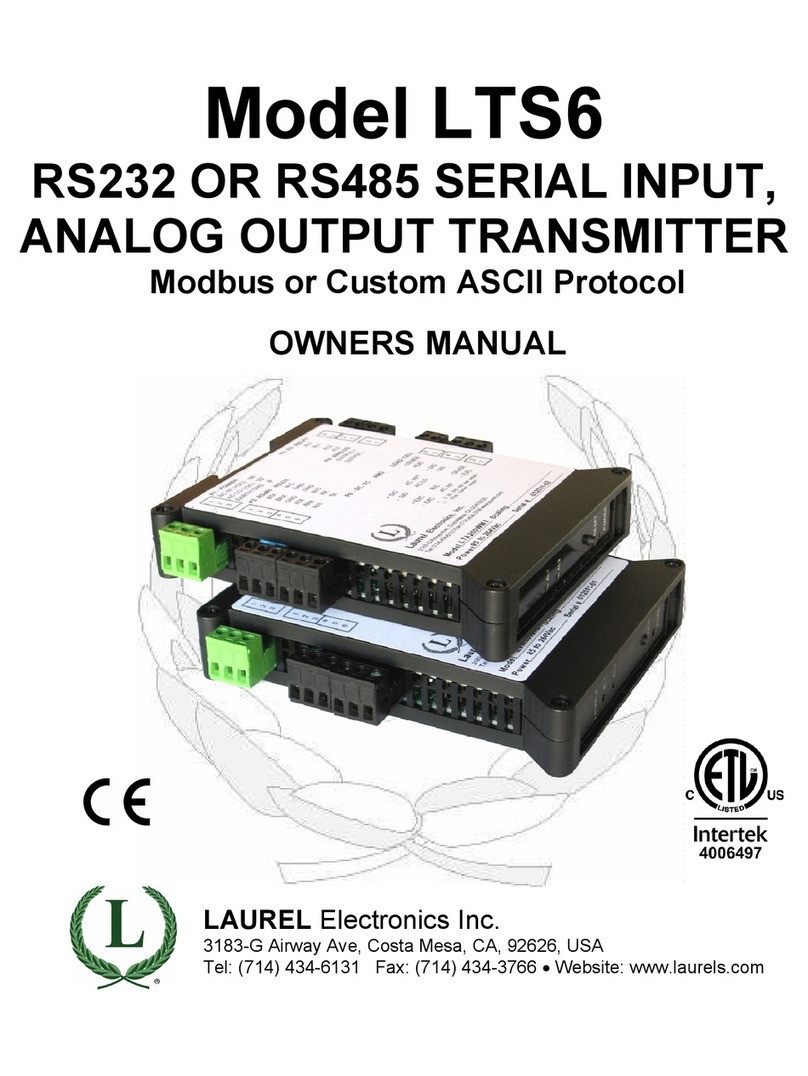The Ethernet connector for all of our Ethernet Nodes is provided by an RJ45 jack, Green and
amber LEDs on the jack indicate network operation:
1) Following power-up, the green and amber LEDs are on
steady until an IP address has been assigned to the Node.
2) Once an IP address has been assigned to the Node, the
amber LED is turned off. It will light up whenever the Node
detects data packet activity.
3) When the Node has made a TCP connection, the green LED
alternates on (1 sec) and off (1 sec), while the amber LED is
on steady.
Ethernet cables (CAT5 or better) can be straight-through or crossover. Our Ethernet Nodes
automatically adapt for either.
8. INSTALLING INSTRUMENT SETUP SOFTWARE
OVERVIEW
LTE transmitters are easily programmed by connecting them to the same LAN as a PC or by
connecting them directly to a PC with an Ethernet cable, and then running Instrument Setup
Software on the PC. This MS Windows based software allows Node and Device discovery,
uploading, editing, downloading and saving of setup data, execution of commands under
computer control, listing, plotting and graphing of data, and computer prompted calibration.
INSTALLING INSTRUMENT SETUP SOFTWARE
Set User Account Control (UAC) to "Never notifiy" so that Datalogging
Software can create directories. The UAC change slider, illustrated to the right,
can be reached as follows:
•Under Windows 7, click on the Windows Start button in the lower left of the
desktop and enter "UAC" in the search field.
•Under Windows 8, navigate to Control Panel, then to the "User Accounts
and Family Safety" section, and click on "Change User Account Control
Settings."
•Under Windows 10, click on the Windows Start button in the lower left of
the desktop, then on "Settings", and enter "UAC" in the search field.
Reboot your computer for the changed UAC setting to take effect.
Download the file ISx_x_x.exe from our website and double-click on the file name.
Click on Install Instrument Setup and follow the prompts.
































